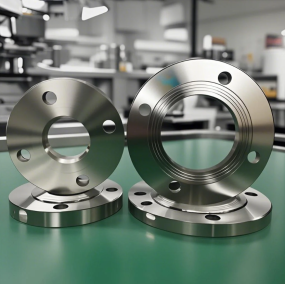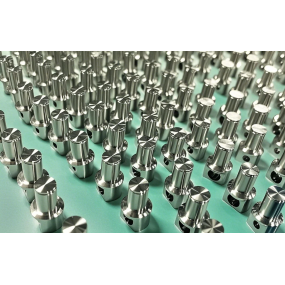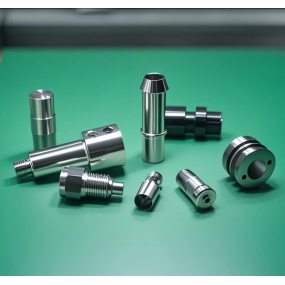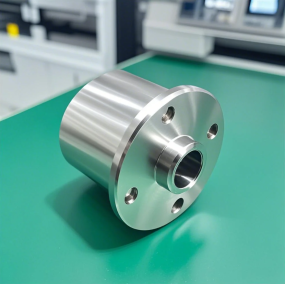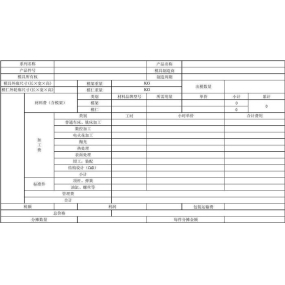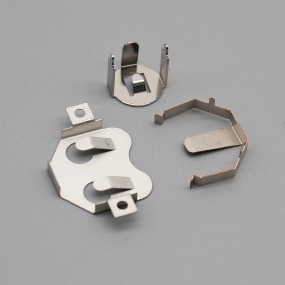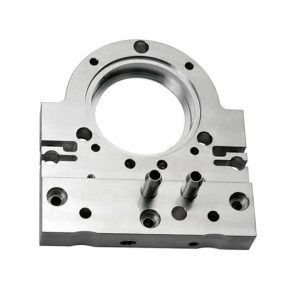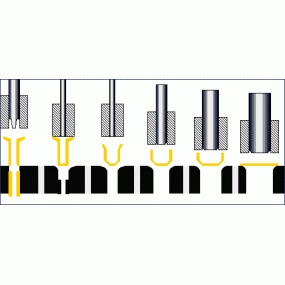The requirements for size and structure are very strict during the processing of aviation parts, because the accuracy, strength, and reliability of aviation parts are crucial for the overall performance and safety of the aircraft. The following are some main requirements: ① Dimensional accuracy: The dimensions of aviation parts must be precise to the micrometer level to meet strict assembly requirements. Any small dimensional deviation may affect the performance of parts and the overall operation of the aircraft· High precision machining equipment and measuring tools are required to ensure the dimensional accuracy of the parts. Structural strength: Aviation components need to have sufficient strength and stiffness to withstand various complex loads and vibrations. This requires parts to fully consider the mechanical properties and structural layout of materials during the design and manufacturing process· The surface quality of the parts also needs to meet certain requirements to avoid stress concentration and fatigue damage Lightweight design: Aviation components should be designed to reduce weight as much as possible while meeting strength and stiffness requirements. This helps to reduce the fuel consumption of aircraft and improve flight performance· Lightweight design requires the use of high-strength, lightweight materials and good manufacturing processes Complex structure processing: The structure of aviation parts is often very complex, including various holes, grooves, surfaces, etc. This requires processing equipment to have the ability of high precision, high rigidity, and high flexibility· Good CNC Machining technology and special machining technology, such as laser machining, electrical discharge machining, etc., need to be adopted to meet the machining needs of complex structures Precision retention and stability: Aviation parts need to maintain high precision and stability during the machining process to ensure that their performance will not be affected by deformation or wear during long-term use· Suitable heat treatment processes and surface treatment techniques need to be adopted to improve the accuracy retention and stability of the parts Strict quality control and testing: The machining process of aviation parts requires strict quality control, including inspection of raw materials, monitoring of the machining process, and quality inspection of finished products· It is necessary to use good testing equipment and methods, such as coordinate measuring machines, X-ray testing, etc., to ensure that the quality and performance of the parts meet the standard requirements Reliability requirements: Aviation components must have a high degree of reliability to ensure normal operation under extreme conditions· Strict reliability testing and evaluation of parts are required to verify their performance and reliability in actual use.
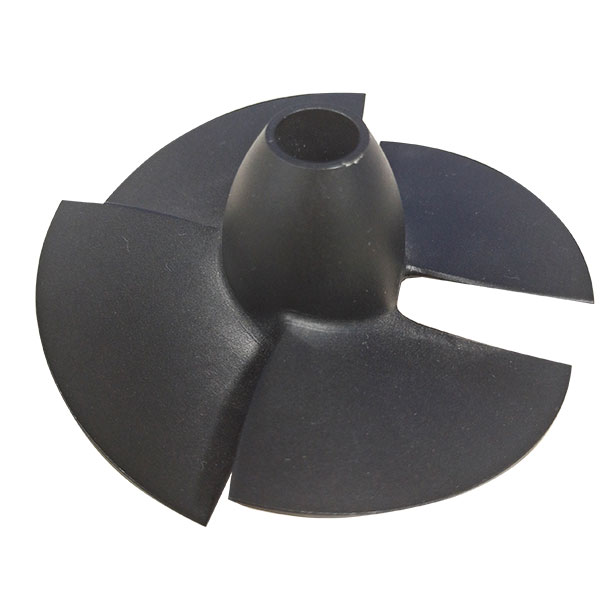


 Spanish
Spanish Arabic
Arabic French
French Portuguese
Portuguese Belarusian
Belarusian Japanese
Japanese Russian
Russian Malay
Malay Icelandic
Icelandic Bulgarian
Bulgarian Azerbaijani
Azerbaijani Estonian
Estonian Irish
Irish Polish
Polish Persian
Persian Boolean
Boolean Danish
Danish German
German Filipino
Filipino Finnish
Finnish Korean
Korean Dutch
Dutch Galician
Galician Catalan
Catalan Czech
Czech Croatian
Croatian Latin
Latin Latvian
Latvian Romanian
Romanian Maltese
Maltese Macedonian
Macedonian Norwegian
Norwegian Swedish
Swedish Serbian
Serbian Slovak
Slovak Slovenian
Slovenian Swahili
Swahili Thai
Thai Turkish
Turkish Welsh
Welsh Urdu
Urdu Ukrainian
Ukrainian Greek
Greek Hungarian
Hungarian Italian
Italian Yiddish
Yiddish Indonesian
Indonesian Vietnamese
Vietnamese Haitian Creole
Haitian Creole Spanish Basque
Spanish Basque

